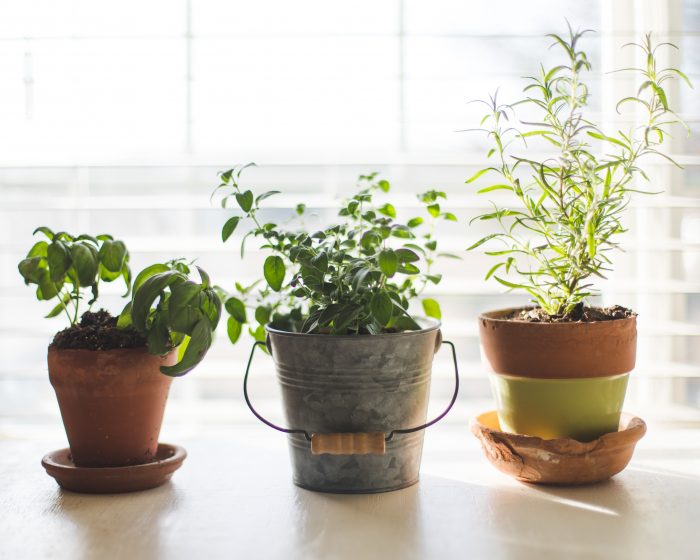
It can be a difficult task to keep your indoor plants healthy. That being said, it’ll make your life significantly easier if you select plants that do well indoors and adapt to the inside environment (less light, heat, and water) easily.
Below we’ve listed a couple of dos and don’ts to give you a head start.
- It isn’t uncommon for plants to grow more slowly indoors than they would outdoors. Many plants are known to stop growing or showing significant signs of development or change from fall to winter.
- Indoor plants have different needs than outdoor plants, so it’s very important not to kill them with too much attention.
- It is necessary to control the temperature indoors for the plants to thrive. It’s recommended that you keep the temperature between 60° and 70° (Fahrenheit) during the day and 55° to 65° at night.
- It’s advisable to keep the plants away from anywhere that regularly gets drafts, as this could result in the plants drying out.
- Your plants would be best served in a location where the sunlight is frequent and adequate, but not constant and direct.
- In the winter, the indoor environment will become a lot drier than in the summertime, a factor that adversely affects the plants. ‘Spray bathing’ them twice a week can help to keep them healthy and prevent them drying out.
- Tap water from your home (depending on where it comes from and the chemical concentration) can do more harm than good to your plants. City water contains chlorine , which will damage the plants. If you don’t have another option, store the water in a container for a day or two before using it; this will help dissipate the chlorine.

